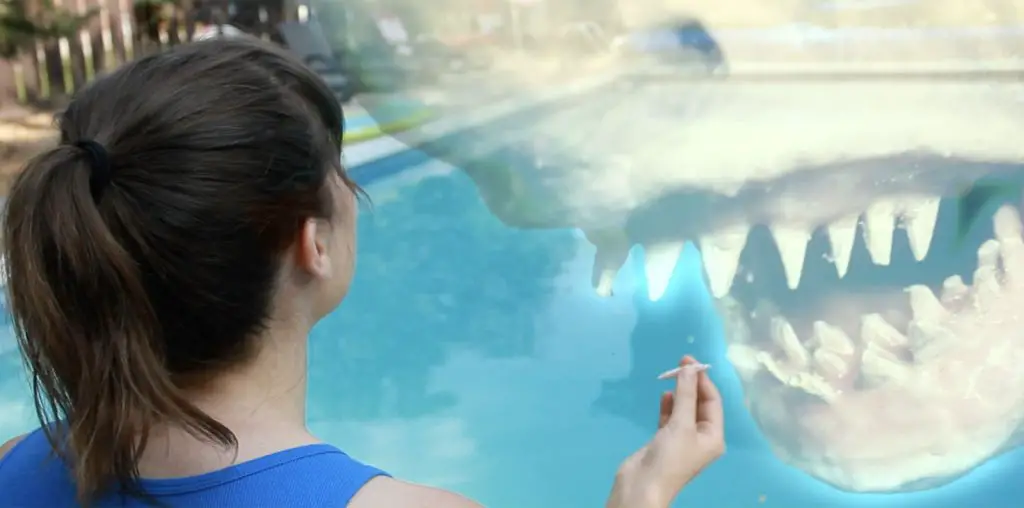
In the Fake Wood Wallpaper production “Blood Car,” director Alex Orr envisions a future—two weeks into the future—where high gas prices have turned cars into artifacts of transportation. The public has grown complacent, but one man refuses to surrender permanently his car keys without a noble fight. Archie Andrews (Mike Brune) teaches kindergarten during the day and applies his knowledge of science at night in an attempt to make a car engine that can run on wheatgrass. Archie is a vegan after all, and he must do his part in the struggle against environmental decay as well. One day, in a moment allusive to Herschell Gordon Lewis’s “Color Me Blood Red” (1965), Mr. Andrews accidentally cuts himself, at which point some blood from his finger trickles into the wheatgrass stew, and the motor begins to rotate at full speed. He’s done it, and he’ll have to sacrifice his sanity in exchange for his victory.
Structuralist theorist Claude Levi-Strauss would have a field day with this hilarious, well-photographed dark-comedy oddity. “Blood Car” just brims with binary oppositions: wheatgrass supplier Lorraine (Anna Chlumsky) from the Veg-Table Stand vs. Denise (Katie Rowlett) from the Meat Stand. Vegan vs. Carnivore. Passive vs. Aggressive. Law-abiding citizen vs. Criminal. Bike vs. Car. Car as Vehicle vs. Status symbol vs. Beast. Archie’s nascent deviance transforms into full-fledged, “rationally” motivated homicidal mania over the course of the film. When he discovers that the government wants to appropriate his home-grown, technologically advanced effort at solving the energy crisis, Archie shows no mercy in protecting his invention. The visual style of “Blood Car” changes along with him. The colors oscillate between muted, near-monochromatic and bright and garish.
Plenty of scenes within the film demonstrate impressively executed action sequences (murders and car chasing) and special effects and make-up (gushing blood); none of it comes off as superfluous. The violence is frequently funny too…even the ending, which is sure to offend against child-loving, family-oriented sensibilities.
The future according to Orr is neither utopian nor dystopian. The world two weeks from now is a little absurd, and it must be seen to be understood. Grab a bottle of wheatgrass spiked with a squirt of hemoglobin and let “Blood Car” take you for a ride.
